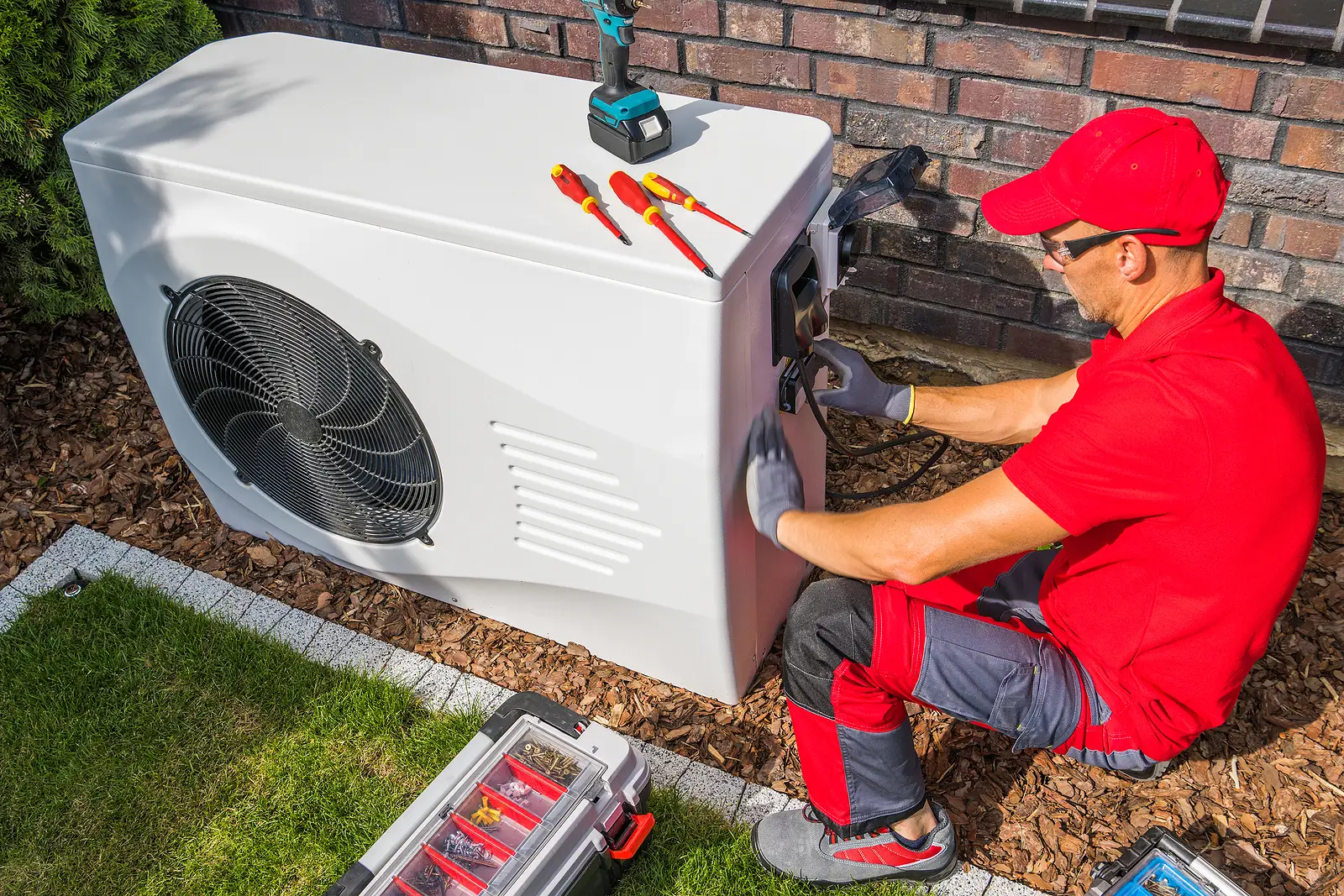Southern California may offer mild weather year-round, but that doesn’t mean landlords in Covina are off the hook when it comes to property upkeep. From sun-exposed exteriors to winter rainstorms and tenant wear-and-tear, maintenance challenges can stack up quickly, especially if landlords take a reactive approach.
To protect your investment and keep renters satisfied, it’s essential to stay ahead of potential issues with a proactive, seasonally focused maintenance plan. Combine that with clearly outlined tenant responsibilities and a solid inspection routine, and you’ll create a smoother, safer rental experience for everyone involved. For more insight into why inspections matter, PMI San Bernardino outlines key benefits in this blog post.
Key Takeaways
- Proactive maintenance helps prevent major repairs and tenant complaints.
- Covina’s climate requires attention to seasonal risks like heat and rain.
- Property inspections are essential for maintaining compliance and condition.
- Clear lease terms reduce confusion around repair responsibilities.
- A local property manager can simplify year-round maintenance planning.
Seasonal Property Tasks for Covina Landlords
Covina’s Mediterranean climate is forgiving, but not maintenance-free. With warm, dry summers and cooler, wetter winters, there are still plenty of tasks to address throughout the year.
Spring Maintenance: Prepare for Growth and Moisture
- Clear out gutters to prevent overflow from seasonal rain.
- Check roofs for loose tiles or signs of water intrusion.
- Refresh landscaping—trim shrubs, mow lawns, and remove weeds.
- Service irrigation systems and adjust for seasonal settings.
- Look for signs of pests emerging from winter nesting.
- Power wash decks, siding, and hardscapes.
Summer Maintenance: Beat the Heat
- Test and service air conditioning systems to ensure tenant comfort.
- Replace HVAC filters monthly during high-use periods.
- Inspect outdoor paint and siding for sun damage or fading.
- Ensure outdoor lighting and security systems function properly.
- Watch for drought-related landscape issues and adjust watering accordingly.
Fall Maintenance: Weatherproofing and Prevention
- Clean gutters again after trees shed leaves.
- Inspect weather stripping and seal gaps in windows or doors.
- Schedule furnace maintenance and test heating systems.
- Trim back tree branches that could fall during storms.
- Inspect attic insulation and ventilation.
Winter Maintenance: Protect from Water and Cold
- Check exterior drainage systems and direct water away from the foundation.
- Ensure sump pumps (if applicable) are working properly.
- Wrap exterior plumbing to prevent freezing during rare cold snaps.
- Look for roof leaks after rain and address water stains quickly.
- Test carbon monoxide detectors and smoke alarms.
Creating a schedule with reminders for these tasks can prevent small issues from turning into emergencies and help you better plan for annual costs.
Why Routine Inspections Make a Difference
Inspections are a landlord’s opportunity to get ahead of damage, ensure lease compliance, and maintain transparency with tenants.
Move-In
- Document the condition of the unit in detail with photos and checklists.
- Walk tenants through maintenance reporting procedures.
- Clarify expectations around cleanliness and minor upkeep.
Mid-Lease
- Verify that major systems (HVAC, plumbing, electrical) are functioning properly.
- Check for safety concerns like broken locks, trip hazards, or mold.
- Look for signs of lease violations like unauthorized pets or occupants.
Move-Out
- Compare the unit’s condition to the original move-in documentation.
- Note any repairs needed due to tenant negligence.
- Use the inspection to plan turnover tasks like painting or carpet cleaning.
Not only do inspections help protect your investment, but they also build trust with tenants by showing that you take property care seriously. For a deeper dive, see PMI San Bernardino’s guidance on how often to conduct inspections in Covina.
Clarifying Maintenance Roles in the Lease Agreement
When repair duties are clearly defined in the lease, it’s easier to manage expectations and resolve disputes.
Landlord Responsibilities
- Maintain essential systems like HVAC, plumbing, electrical, and roofing.
- Ensure the property meets California health and safety codes.
- Address pest infestations not caused by tenant behavior.
- Respond promptly to maintenance requests and emergencies.
Tenant Responsibilities
- Replace batteries in smoke detectors (unless otherwise stated).
- Change HVAC filters if specified in the lease.
- Keep the unit clean and notify the landlord of issues.
- Prevent damage from negligence or misuse.
- Handle yard care if outlined in the rental agreement.
Having these roles outlined in writing reinforces mutual accountability and can even be reinforced during the move-in orientation.
Why Preventive Maintenance Is Worth the Investment
Many landlords delay maintenance until something breaks, but proactive care saves money and reduces risk in the long run.
Fewer Emergency Repairs
You can avoid last-minute calls for plumbing leaks or A/C outages by addressing minor issues during inspections or seasonal checks.
Longer Equipment Lifespan
Routine servicing means fewer replacements of expensive systems like furnaces, air conditioners, or water heaters.
Better Tenant Satisfaction
Residents feel more secure and valued when their home is well-maintained, leading to higher lease renewal rates.
Higher Rental Income
Well-kept homes command higher rents and attract quality applicants faster than neglected properties.
Improved Resale Potential
When it’s time to sell, a home with documented maintenance and updated systems will have a competitive edge in the Covina market.
Looking to boost your eco-friendliness while doing all this? PMI San Bernardino explores sustainable property strategies here.
Why Partnering with PMI San Bernardino Makes Sense
Property management can quickly become overwhelming, especially when juggling multiple units, late-night emergencies, or unclear tenant expectations. PMI San Bernardino provides the professional support you need to protect your investments while freeing up your time.
Our Services Include:
- Seasonal maintenance scheduling tailored to Covina’s climate.
- Routine and emergency maintenance coordination.
- Property inspection planning and digital documentation.
- Clear communication with tenants through our online portal.
- Reliable vendor network for all repair types.
- Sustainable practices that reduce waste and improve energy efficiency.
Whether you're new to real estate or managing a growing portfolio, PMI San Bernardino has the tools and local insight to help you stay organized and stress-free. Contact us today to explore how we can simplify your rental maintenance and boost your property's performance.
FAQs
How often should I schedule property inspections in Covina?
At a minimum, plan for inspections at move-in, mid-lease, and move-out. Seasonal or annual walkthroughs are also recommended.
Can I charge tenants for certain types of maintenance?
Yes, if it’s clearly stated in the lease and relates to damage caused by tenant negligence or specified minor upkeep.
What seasonal maintenance tasks are most critical in Southern California?
Roof inspections, HVAC servicing, landscape care, and checking gutters and weather seals are high priorities.
What’s the best way to handle tenant maintenance requests efficiently?
Use a digital portal to log and respond to requests quickly and keep clear records of work completed and communication.
Do I need a property manager if I only have one rental?
While not required, a property manager can save you time, ensure legal compliance, and improve tenant relations—even for single-property landlords.


